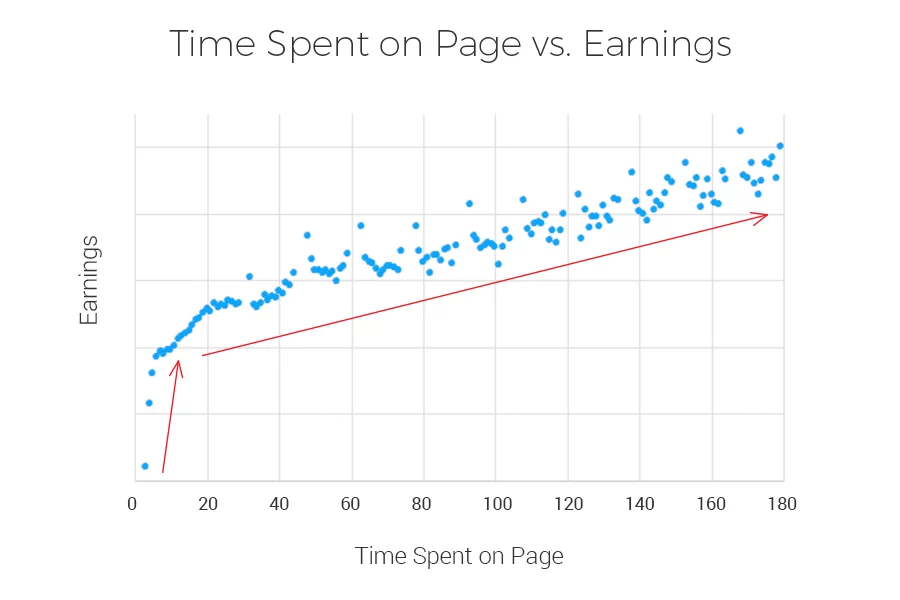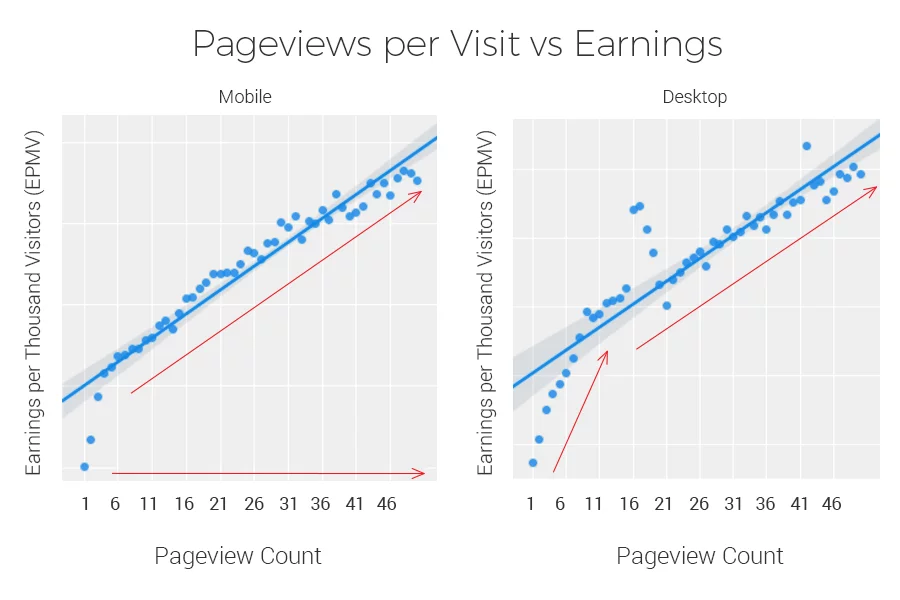Between an engaged website visitor and an unengaged visitor, which one do you think is more valuable to your community?
You’ll probably find the answer to be obvious: An engaged community member offers more value in terms of long-term loyalty, behavioral data and revenue.
But what you may not know is the exact extent to which engaged visitors can impact your business compared to unengaged visitors.
To help you find the answer, a new study conducted by a Viafoura data scientist has uncovered the significance of an engaged user — which, for the purpose of the study, is defined as someone who has used a social engagement tool at least once in a month.
“Based on customer data, it’s clear that an audience engaged by moderated social tools helps its host company to thrive,” says Viafoura Data Scientist Harry Liang. “By assessing hundreds of millions of unique visitors on hundreds of websites, we’ve discovered that engaged registered users have at least ten times more retention over a six months period for most sites”
Get a thorough understanding of how an engaged community behaves more favorably than an unengaged one by digging into highlights from the study below.
Page Views
The difference in page views alone generated by engaged users versus unengaged users is significant.
According to Liang, “In average, an engaged user has ten times more page views per month than an unengaged user, and almost 20 times more page views than an anonymous visitor.”
While Liang’s takeaway is enlightening, it isn’t surprising.
It’s long been public knowledge that on-site engagement opportunities can build loyal habits for visitors. In other words, social spaces trigger more engagement and views around a company’s content.
On-Site Engagement Actions
Not all registered users offer the same amount of value to media organizations.
“Some users register to a website in order to use social tools, and others may register just to access content,” Liang explains. “Those who register to participate in a conversation — whether that be through comments, likes, replies or dislikes — contribute to a media company’s community with meaningful interactions.”
Time Spent on Page
Engaged users also invest more time on a media company’s digital properties.
More specifically, Liang’s analysis shows that, in average, an Viafoura engaged user spends two to ten times the number of minutes on publishers’ web pages compared to an unengaged registered user, and 20 times the amount of minutes compared to an anonymous visitor.
“Media companies that deploy effective social tools as part of their community engagement strategies will be able to keep their active audiences on their sites for longer,” Liang states. “Keep in mind that your active audiences create the majority of reader revenue and can help deepen interest in content through their conversations.”
Retention Rates
Did you know that visitor engagement levels have the ability to impact retention?
In Liang’s analysis, he explains that, after six months of visiting a site, users who interacted with engagement tools have a 20-40% higher retention rate than those who did not interact with engagement tools.
Media companies are also able to draw on more behavioral data from the actions of their engaged users, which can be used to improve experiences around their brands. By extracting actionable information from active users’ first-party data, organizations can further improve their retention rates.
Stephanie Lievano, an expert on subscriptions, tells the International News Media Association that “when we look at data as tools to predict [behavior] we have the opportunity to intercept an undesired action, or multiply the effect and impulse actions aligned with our goals.”
Every visitor that registers to a website is a critical member of a media company’s audience. However, engaged users contribute significantly more in terms of the amount of time and energy they funnel into helping a community grow.
Organizations that nurture a connected and engaged community will become unstoppable as they position themselves for richer user data, stronger relationships with visitors and increased reader revenue.




